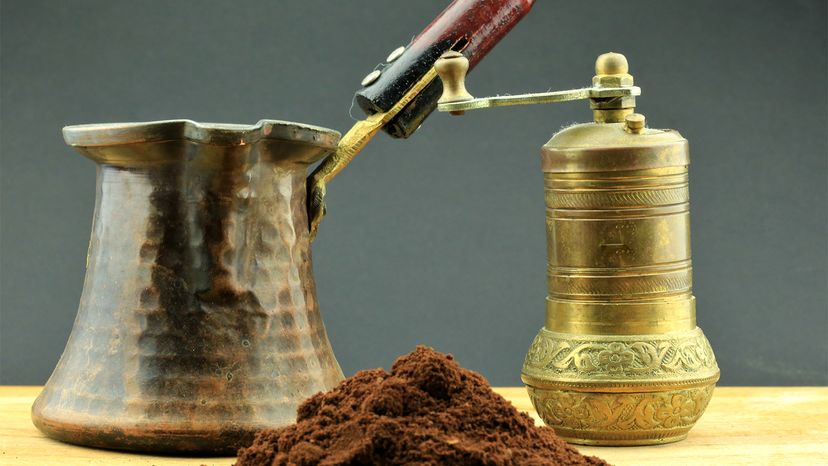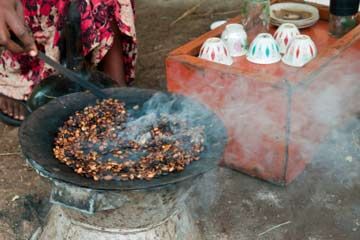
She knew this could make or break her engagement to be married. Swirling in the small copper pot on the stove, the dark, powder-like grounds would need to produce the perfect brew, an art that's been passed down for centuries. As she stood waiting with anxious confidence, the water began to rise and the requisite layer of foam appeared, signaling it was time to act.
Quickly pouring the thick elixir into the tiny porcelain cup that would carry her fate, she felt her heart racing in anticipation of their reaction — her potential husband-to-be and his parents were seated outside, waiting to taste her Turkish coffee. Her suitor's willingness to drink his with salt instead of the customary infusion of sugar would prove his worthiness, and his mother's favorable opinion would help seal the pending union.
Advertisement

